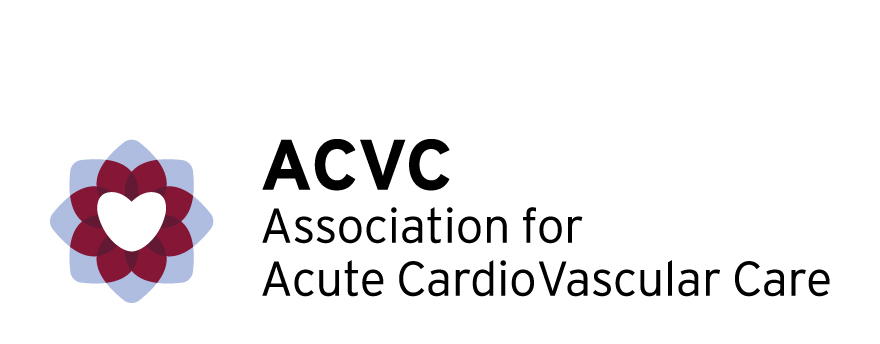Sit less and move more to optimise your health
Minimising the time you spend sitting and increasing physical activity will enhance your health and help prevent heart disease.
Many studies show that physical activity is an important way to prevent heart disease. More recently, research has found that on top of doing enough physical activity, the amount of time spent sitting is also linked with future cardiovascular risk.
The more you sit, the higher your chance of developing cardiovascular diseases. Sitting less is good for the heart and helps avoid being overweight or getting type 2 diabetes.
There are several easy ways to lower your sitting time. Organise walking (instead of sitting) meetings at work. Stand at your computer and take active breaks with short walks or stretching exercises. Take a walk at lunchtime and walk or cycle at least part of the way to work.
At home you can stand up to watch TV, and even combine it with ironing or washing the dishes. Stand up or move around the house while reading the newspaper and checking messages on your smartphone.
An effective way to sit less and move more is to use a step counter, either worn at hip level or as a smartphone application.
According to the first ESC Guidelines on Sports Cardiology published in 2020, all healthy individual should perform at least 150 minutes per week of moderate-intensity or 75 minutes per week of vigorous-intensity aerobic exercise, or an equivalent combination. The same is recommended also for adults aged 65 years or older who are fit and have no health conditions that limit their mobility.
If you have had already cardiac problems, the recommendations may change: in this case, contact your doctor or a sports physician to get the right sport prescription.
To keep motivated set a daily target. Raise your step count by parking a little distance from work and walking the rest, and taking the stairs instead of the lift.



